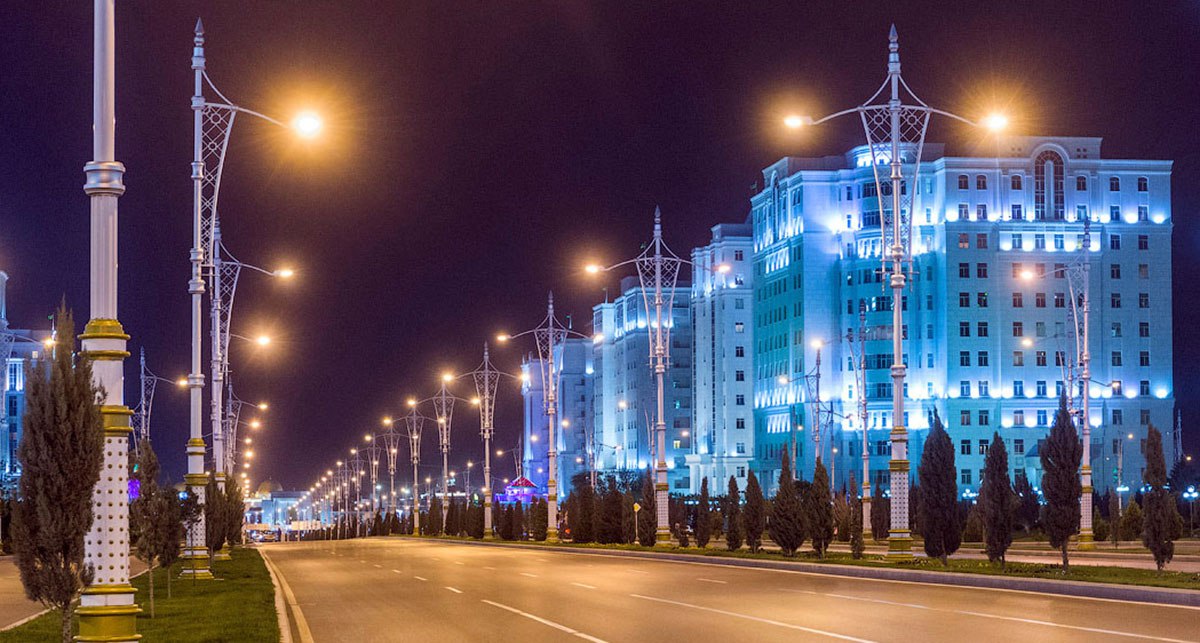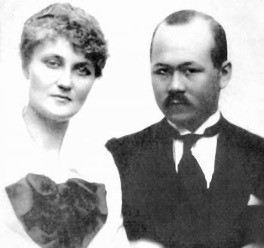In every city’s history, there are events that forever change its image and the fate of its inhabitants. The night of October 5-6, 1948, marked a turning point for Ashgabat, with a tragic event which still resonates in the hearts of those who lived through it.
On that warm October evening, no one in Ashgabat could ever have predicted that the next few hours would forever change the fates of tens of thousands of people. Life in the city continued as usual, music played in the parks, lovers strolled along the streets, and students prepared for classes. The starry sky promised a peaceful night…
Founded in 1881, when seismology was still young, Ashgabat grew and developed, oblivious to any impending danger. Traditional adobe construction —a mixture of clay and straw—seemed ideal for the dry climate. Year on year, residents renewed their clay roofs, adding new layers without considering that the increasing weight could be a death trap.
“Only the stone building of the Central Committee of the Communist Party of Turkmenistan and a few other important buildings were made of quality bricks,” recalled one eyewitness. “It was these buildings, though damaged, that survived, while virtually the rest of the city was reduced to rubble.”
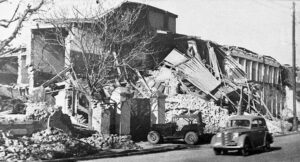
@mchs.gov.ru
“In the middle of the night – we heard- a menacing rumble, then rumbling and cracking as the ground shook and shimmered…” said one of the survivors, recalling the beginning of the tragedy.
At 1.14 am on October 6, 1948, something happened that many Ashgabat residents believed was the start of a new war.
Within but a few seconds, the city was a ruin. Academician Dmitry Nalivkin, who was at the epicenter of events, describes the harrowing event: “There was something incredible, impossible outside the window. Instead of a dark transparent starry night, there was an impenetrable milky-white wall in front of me, and behind it – horrible moans, screams, cries for help.”
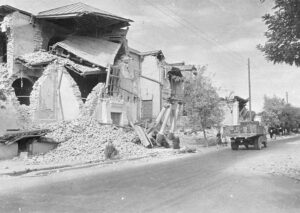
@mchs.gov.ru
In the darkness, in a dense veil of dust, survivors raked through the rubble with their bare hands, trying to save their loved ones. Alevtina Dubrovskaya, a resident of Ashgabat, recalls, “I found myself covered from head to toe with a mat hanging over my bed, but there was some space with air under it, which saved me from suffocation…”
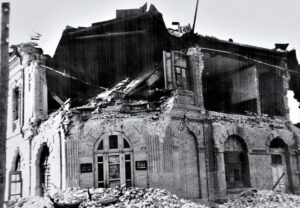
@mchs.gov.ru
The city medics deserve special commendation. An improvised hospital was set up on Karl Marx Square where Professors of the Medical Institute Smirnov, Beburishvili, and others, performed operations on clerical tables. One doctor reported that the victims included “hundreds of crushed, torn people with terrible wounds, who were not even at the epicenter.” When the anaesthesia wore off, students held patients’ hands.
The Ashgabat earthquake was not only a colossal tragedy but also a lesson in humanity, mutual aid, and resilience. Viktorina Chervinskaya, an earthquake survivor, says: “Not everyone could bear the tragedy of losing relatives. And that is understandable. But it was thanks to those who were able to overcome their grief and continue to fight that the city was able to revive.
Information on the number of victims of the Ashgabat earthquake remains confidential. For a long time, the official figure for the death toll was about 40,000 but researchers now claim that up to 110 thousand people could have died that night.
Today, Ashgabat is one of the most earthquake-resistant cities in the world and walking through its streets, it is hard to imagine the horror that reigned here 76 years ago.
Every year, on October 6, city residents gather at the memorial for the earthquake victims. They bring flowers and pray and at this moment, the city seems to freeze, in remembrance of that terrible night and those left under the ruins of old Ashgabat.
The tragedy changed not only the appearance of the city but also her people’s consciousness. Although the pain of loss has not subsided, the city lives, grows, and develops, keeping the memory of the past and looking to the future with hope.
